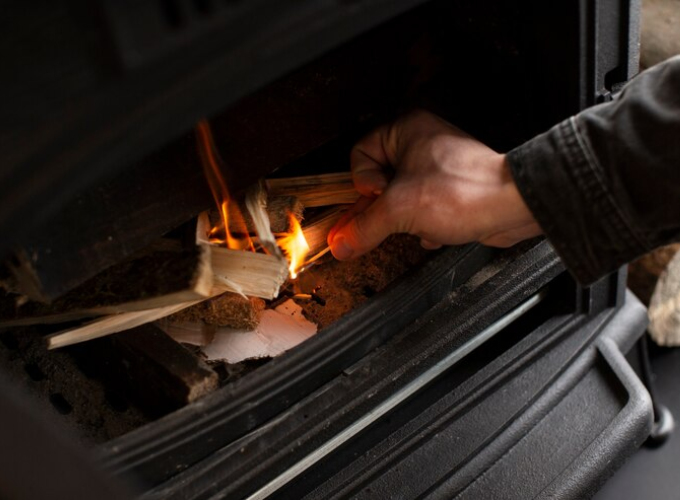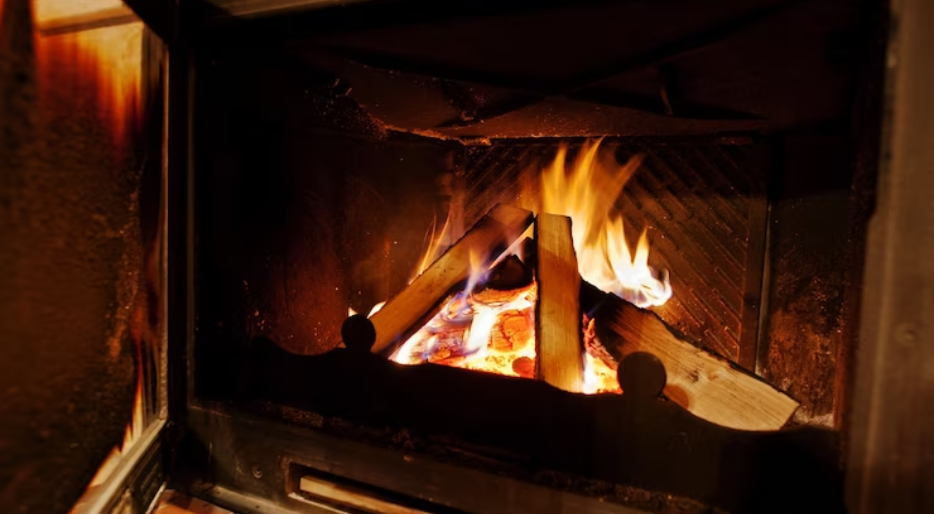In the world of home comfort, proper wood stove ignition plays a fundamental role. It’s not just about lighting a fire but mastering the technique, and one of the most effective is the “roof” or “pyramid” method with small chips and branches. In this article, we will explore how to efficiently ignite stoves using chips and small branches, making the experience more effective and enjoyable. Discover the secrets behind this technique and how it can completely transform how you heat your home.
The Art of Wood Stove Ignition
Stove ignition goes beyond simply tossing wood into the fire. It’s an art that requires technique and understanding of the elements involved. The choice of materials and proper arrangement are essential to ensure efficient and long-lasting combustion.
The Importance of Technique
Before delving into the “roof” or “pyramid” technique, it’s crucial to understand why it’s so relevant. Incorrect ignition can not only result in fuel wastage but also inefficient heat generation. The right technique not only facilitates the process but also maximizes energy efficiency.
“Roof” or “Pyramid” Technique
The “roof” or “pyramid” technique is one of the most recommended for igniting stoves. It involves building a roof or pyramid-shaped structure with chips and small branches. This arrangement allows for better air circulation, facilitating ignition and fire spread.
Step by Step: Building Your “Roof” or “Pyramid”
- Material Preparation: Before starting, make sure to have dry chips and small branches on hand. Dryness is key for successful ignition.
- Stable Base: Begin by placing a layer of chips at the stove’s base. Ensure you create a stable base to build the “roof” or “pyramid.”
- Construction: Place the chips in crossed layers, creating a roof or pyramid-shaped structure. Leave enough space between the chips to allow air circulation.
- Adding Small Branches: On the chip layer, carefully add small branches. These will provide the additional fuel needed for a longer-lasting ignition.
- Ignition: Use a safe method to ignite the chip base. Once lit, the fire will naturally spread through the “roof” or “pyramid” structure.
- Maintenance: Once the fire is well established, you can add larger wood as needed. Maintain proper ventilation for optimal performance.

Conclusion
The art of igniting stoves goes beyond the simple need for warmth; it’s a skill that can become a rewarding experience. Mastering the “roof” or “pyramid” technique with chips and small branches not only improves efficiency but also adds a touch of skill to your daily routine. The next time you light your stove, remember the importance of proper arrangement and enjoy the comforting warmth generated when the fire is ignited correctly.
To clarify all this, we leave you a short video where we can see another example of ignition and operation of a PANADERO wood stove.
Have you found this article useful? Take a look at our blog and find solutions and recommendations to help you with your fireplace or wood stove.
If you still haven’t got your fireplace or wood stove for this winter… what are you waiting for? Visit our online store of Panadero wood stoves.
Articles of interest:
- Operation and cleaning of a woodstove
- Tips for installing your PANADERO wood-burning stove
- How to make a chimney flue
- How to clean the chimney glass?
Did you like this article? If so, help us spread it 😊 . Click on the buttons below here and feel free to share it on your social networks!
Thank you very much!
↓ ↓ ↓ ↓





